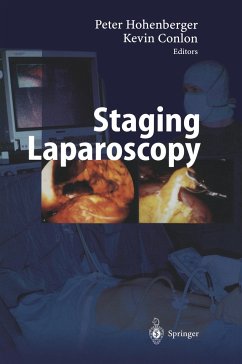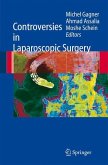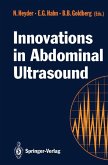Laparoscopy in combination with laparoscopic ultrasonography is a new staging procedure for tumors of the abdomen. The treatment of several other tumor entities, such as pancreatic and gastric cancer, lymphoma, ovarian cancer, liver malignancies, is also improved by more accurate staging. Laparoscopic staging helps prevent unnecessary laparotomies, provides much less trauma to the patient, maximum information on tumor spread, and enables palliative procedures to be performed during the staging procedure. This book provides detailed guidelines on the aim and technique of laparoscopic staging and discusses the pathophysiological aspects and risks of laparoscopic staging (such as trocar metastases) on the basis of international experience.
Hinweis: Dieser Artikel kann nur an eine deutsche Lieferadresse ausgeliefert werden.
Hinweis: Dieser Artikel kann nur an eine deutsche Lieferadresse ausgeliefert werden.
From the reviews:
"This multi-author book has been championed by the authors who are from Berlin and New York respectively. It is probably the most comprehensive book on staging laparoscopy. ... The strength of the book is the wealth of collated experience from dedicated surgical oncologists and their multi-disciplinary teams. ... The information presented in this book is the best we have. Those surgeons running mainly GIT oncological practices should read it and try to apply what is relevant to their practices." (D. B. Bizos, SAJS - South African Journal of Surgery, Vol. 41 (3), 2003)
"This multi-author book has been championed by the authors who are from Berlin and New York respectively. It is probably the most comprehensive book on staging laparoscopy. ... The strength of the book is the wealth of collated experience from dedicated surgical oncologists and their multi-disciplinary teams. ... The information presented in this book is the best we have. Those surgeons running mainly GIT oncological practices should read it and try to apply what is relevant to their practices." (D. B. Bizos, SAJS - South African Journal of Surgery, Vol. 41 (3), 2003)








